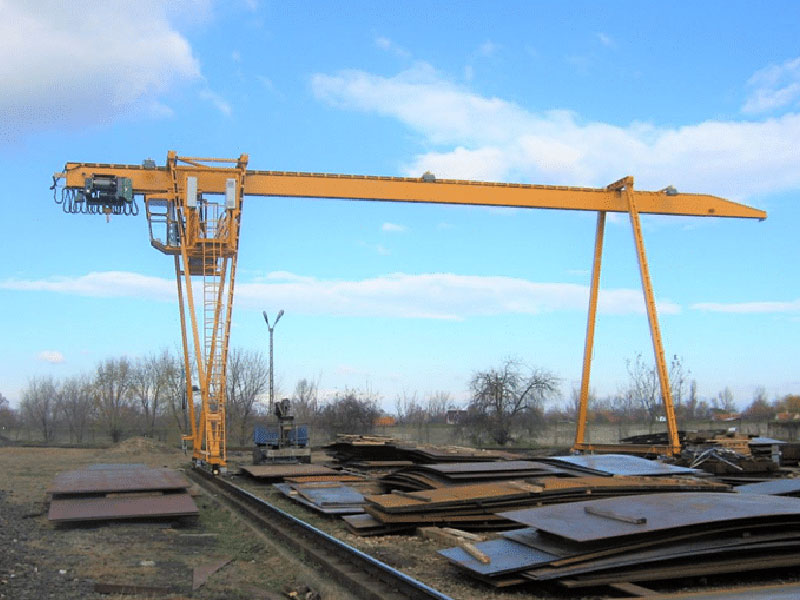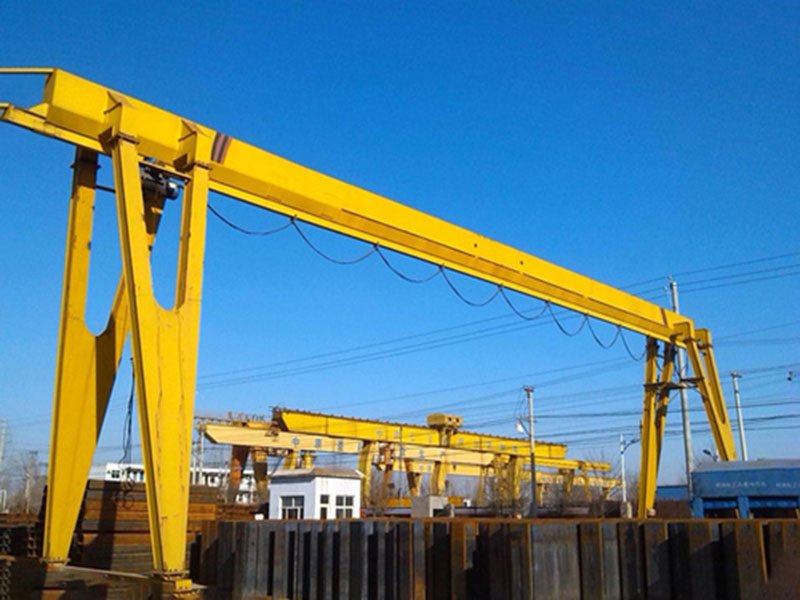Gantry cranes are an essential and valuable tool used in various industries, including construction, mining, and transportation. These cranes are mostly used for lifting heavy loads over a significant distance, and their structural composition plays a crucial role in their working efficiency and safety.
Gantry cranes are supported by either two or four legs, depending on their size and application. The legs are typically made of steel or other sturdy metals to withstand the weight and pressure of the load. The crane's horizontal beam, called the bridge, connects the legs, and the hoist equipment is mounted on it. The hoist equipment typically includes a trolley with a hook, a winch, and a rope or cable.
The crane's working mechanism is relatively straightforward. The operator controls the hoist machinery from a control panel, which moves along the length of the bridge. The operator can move the hoist horizontally and vertically to lift and move the load. The trolley moves along the length of the bridge, and the winch winds up or releases the cable or rope, depending on the load's movement.


One of the most prominent characteristics of gantry cranes is their flexibility and ease of movement. The crane can easily move along the rail track, which allows it to move the load wherever it is needed on the work site. The crane can also move quickly and with precision, which is crucial when working in tight spaces or time-sensitive jobs.
Furthermore, gantry cranes have a high load-bearing capacity, making them ideal for lifting heavy machinery, materials, and equipment. They can lift loads ranging from a few tons to several hundred tons, depending on their size and capabilities. This feature makes them immensely useful in construction sites, factories, and harbors, among others.
In conclusion, gantry cranes are essential tools for various industries, and their structural composition and working mechanism play a crucial role in their efficiency and safety. Gantry cranes are flexible, easy to move, and have a high load-bearing capacity, making them ideal for lifting heavy loads over significant distances. As such, they are an indispensable part of any heavy-material industry and an indispensable tool for ensuring productivity and safety on work sites.
Post time: Apr-26-2024









